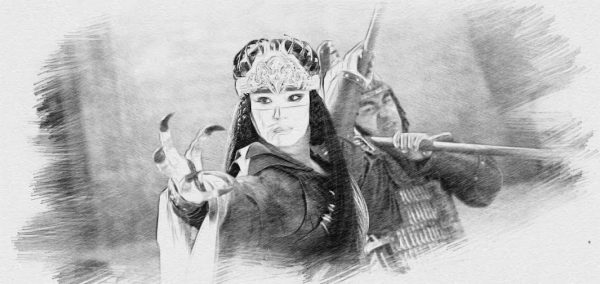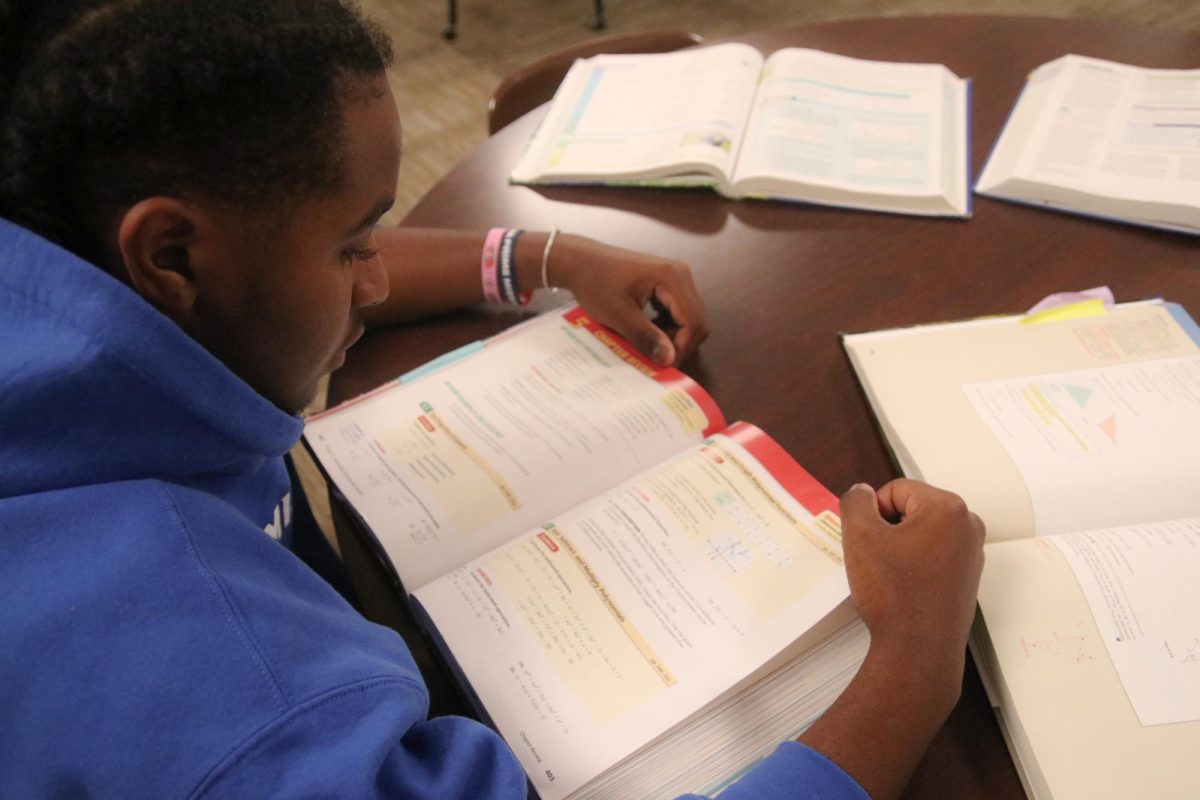One of Disney’s highly acclaimed movies is Mulan, grossing over $304 million worldwide with a production budget of just $90 million. Since its original release in 1998, Disney proceeded to remake the animated film into a live-action in 2020.
Growing up in the 2000s, almost every kid is familiar with the story: a young Chinese woman disguises herself as a man to take her father’s place in the army to defend against invading Huns. Along the way, she faces multiple challenges, and finds friendships, all while fighting traditional gender roles and societal expectations. The movie is a celebration of courage, loyalty, and virtue.

Yet, is the 1998 animated movie truly a reflection of Chinese culture? Many critics would say that this original Disney adaptation is the better version compared to the live-action film in 2020.
However, Disney’s version of this culturally treasured story starkly contrasts with the original Chinese ballad. The Ballad of Mulan was most likely composed around 400 AD during the Northern Wei dynasty. Unlike the hour-long movies, the ballad was short in comparison.
Much of the plot emphasizes Mulan’s homesickness instead of her military campaigns or romantic attachments. After returning home, reuniting with her parents, and resuming her feminine appearance, her fellow soldiers are shocked to discover she is a woman (Mulan had successfully hidden her gender for twelve years).
The last stanza of the beautifully crafted poem concludes with, “When a pair of rabbits run side by side, who can distinguish male from female?”
Interestingly enough, the 1998 and 2020 versions of Mulan do not take inspiration from this ballad, but rather from Chu Renhuo’s sequel, Romance of Sui and Tang. The happy ending that these two movies include and imply does not at all fit with the dark tale crafted by Chu.
In his version, when Mulan arrives home, she is devastated to learn that her father had passed away while she was at war. Furthermore, when the Khan discovers that Mulan is a woman, he is determined to take her as his concubine. Rather than suffer this fate, she asks to see her father’s grave once more before submitting to his demands. She then slits her own throat at the grave, refusing to be loyal to any man except her father.
So how does the 2020 live-action Mulan differ from its predecessors? For one, with its incredible cast of famous Asian actors and actresses, it is already doing the ballad justice, unlike the 1998 version starring a primarily Western cast. The movie is also shot in the Chinese film genre wuxia, a martial art movie style set in Ancient China.
Even from the very beginning of the film, viewers witness Mulan chasing two rabbits, calling back to the last stanza of the original ballad. Moreover, while the 1998 Mulan was forced to reveal her gender, in the 2020 version, she revealed her identity to her commander for truth.

The live-action also gives the protagonist a foil: Xianniang, who is perhaps the most controversial aspect of this remake. Like Mulan, she used to be an idealist who wanted to use her supernatural powers for the greater good. Unfortunately, Xianniang was exiled by her own country because she was a woman, and came to serve the enemies. These two seemingly different yet similar characters raise the question of can a woman wield power for herself.
In addition, the live-action also consists of an entirely new soundtrack that contains instrumental reprises of 1998’s film, while incorporating much more traditional music using classical Chinese instruments.
Regardless, besides the addition of Xianniang and the removal of the beloved dragon Mushu, why was the newly adapted version under such controversy?
For one, it was not the story itself that triggered complaints, but rather the filming locations that met criticism from human rights organizations. Mulan was partially filmed in the Xinjiang Province, near detention camps for Uighur Muslims in the Uighur Autonomous Region.
For those who are unfamiliar with Chinese internal affairs, during those months in 2020, Xinjiang was the focus of intense public scrutiny due to the alleged Chinese government persecution of the Uighur Muslim population. Many allegations included torture and abuse, forced labor, re-education camps, and possible genocide. Even today, there are still many concerns about the treatment of the Uighur population.
Coming back to the movies themselves, it is undeniable that the 1998 and 2020 versions are different. Though some may claim the animated film is still superior, Disney’s attempt to fix the white-washing in the original and include cultural appropriation has redeemed some of the stereotypes ingrained into society today.

Most importantly, what this new adaptation provides is an attempt to reconcile the legacy of both the 1998 Disney animated film and the more traditional Chinese ballad.
Reflecting upon the closing scene of the 2020 movie, as Mulan looks up to the sky and gazes at the phoenix, a mystical bird that became her guardian, another question arises: is there a Mulan where the warrior does not have to renounce her sword to fit the role of a dutiful wife and daughter? Where does revolution draw the line from tradition?
Nonetheless, at least this adaptation provides a start to Disney’s track record of amendable adaptations. Who knows what future remakes will appear?









